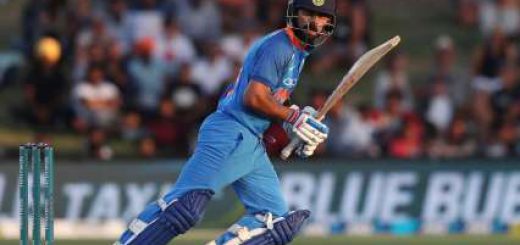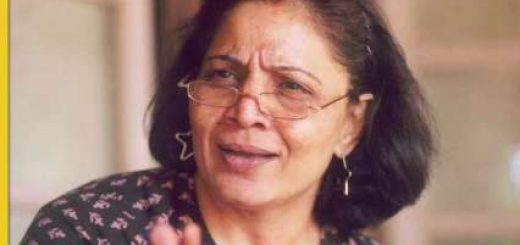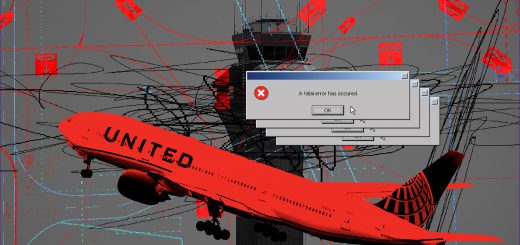In Tripura, they can’t forget ‘what party has done for us’
A photo of Lenin at party’s Bagbassa block office in Tripura. (Source: Express photo by Adam Halliday)
Five local CPM leaders poured out from a hired autorickshaw and walked up the short dirt-path leading to Liankhupsuam’s house in the tribal village of Zaitang near Tripura’s border with Assam.
Liankhupsuam, 58, has been a long-time supporter but has never enrolled as a member of the party. Having been ill for some time, the party leaders had come to see if he was keeping well and if he needed any help — a normal organisational activity for the party that has continually swept every state and parliamentary election in Tripura for more than two decades.
In fact, since it first came to power in 1977, the CPM had seen a hiatus of only one term, between 1988 and 1993. “They visit every house and family quite often to see if they need anything, and sometimes when someone is very sick the party helps with some money for treatment or arranges for their stay in hospitals,” said Liankhupsuam once they had gone, indicating the visit was not a pre-election gimmick.
Related
Tripura is the Left’s last stronghold in India. It does not seem to be weakening anytime soon given a fragmented opposition and the ruling Left Front’s (CPM and CPI) mass support base in the rural areas covering both tribal and Bengali electorates.
The Left Front occupies 50 of the state assembly’s 60 seats, and both the CPM candidates won last year’s Lok Sabha elections with margins of over 4 lakh votes each in constituencies that have together have a total of just over 12 lakh voters.
The ruling party has had a good governance record even in the most remote regions: in Zaitang village, which has a population of roughly 1,500 people, stand a primary school, a middle school, four anganwadi centres, one sub-centre and one primary health centre, where two doctors are stationed.
Villagers say electricity is regular and wells are being dug and pipes being laid to supply water to the hilltop hamlet.
The PWD has built two tarmac roads connecting the hill-top village to National Highway 44 from either side, and has laid out bricks on the single-lane road that serves as the village’s main thoroughfare, a path used by the villagers not just to walk about but to drive their cars and vans on.
This has served to help them conduct their business of growing, transporting and selling arecanut and pineapples from the village to a nearby market.
Liankhupsuam’s neighbor Ngirphunring, 47, says individual families can earn as much as Rs 1 lakh or more each year from the arecanut business.
Bagbassa block, of which Zaitang is a part, also hosts an Industrial Training Institute and one Polytechnic, while a college is not far off at Dharmanagar, less than 10 km to the west.
It is not just infrastructure and facilities, however, that endear the CPM and the Left Front in general to the tribals of Tripura’s hill regions bordering south Assam’s Barak Valley and Mizoram.
“It is gratitude. We do not forget what they have done for us. If you have been hungry, or if you have been unsure of whether the land you live on and where you grow food for your family is yours or not, and someone feeds you and gives you that land so no one can take it anymore, then you will know what I mean,” says 36-year-old Abraham Ranglong.
It was the Left Front government that in 1981 set up the Tripura Tribal Areas Autonomous District Council and, a few years later, finalised land allotments to the tribal communities that were by then losing large swathes of community-owned land to ever-increasing number of Bengali migrants (the government has recently also been making use of the UPA’s Forest Rights Act to further this initiative in the forest areas).
All these have earned for the CPM mass support that leaders admit is not necessarily backed up by party membership.
“Of Zaitang’s 800-odd voting residents, just 36 are members of the ruling party,” says the CPM’s block-level leader R K Nath, who teaches in a nearby school.
“We thrive on mass support,” says Nath, who was part of the group of five leaders who visited the ailing Liankhupsuam.
Source:: Indian Express









